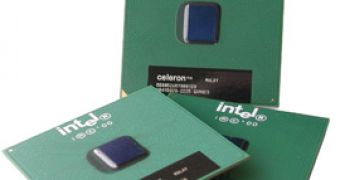For years we have been taught to appreciate a processor's performances by looking at how many MHz, followed by the number of GHz, it has. One by one, we saw the models exceeding the 1, 2 and 3 GHz threshold. The marketing departments have done their job so well that even now there are users who will buy the CPU that has 2.4, instead of the one with 2.1 or 2.2.
Actually, starting around 2 GHz, things started to change and experts warned that this trend will hit soon a technological wall and that the GHz race between Intel and AMD will eventually end.
The details on the new models of processors provided by Intel confirm what many have foreseen: the GHz race is officially over. From now on, processors will be rated according to the amount of watts.
What caused the speed to become unimportant? You might think this is crazy, but aside from the technological limitations (greater speed = more dissipated heat = more complicated cooling solutions), the Internet has its share of responsibility too.
Over the last years, notebook sales have increased because users have finally understood that these devices represent the easiest way to hook up to the Internet, regardless of location and time, and moreover, they provide them with a mobility that couldn't be achieved through the PC.
First of all, better notebooks mean processors that dissipate less heat and have an extended battery life.
Intel has quickly understood this trend and the company is talking now about 5, 65 and 80 watt processors. Obviously, reducing the amount of power doesn't mean poorer performances, so from now on, when rating a processor we will also take into consideration the number of cores and the capacity to process 64 bit instructions. Intel has promised that in 2007, it will make a processor with 4 cores and surely, it won't take long before AMD makes a similar announcement.
So forget about GHz! It's time for watts and multi-core!

 14 DAY TRIAL //
14 DAY TRIAL //